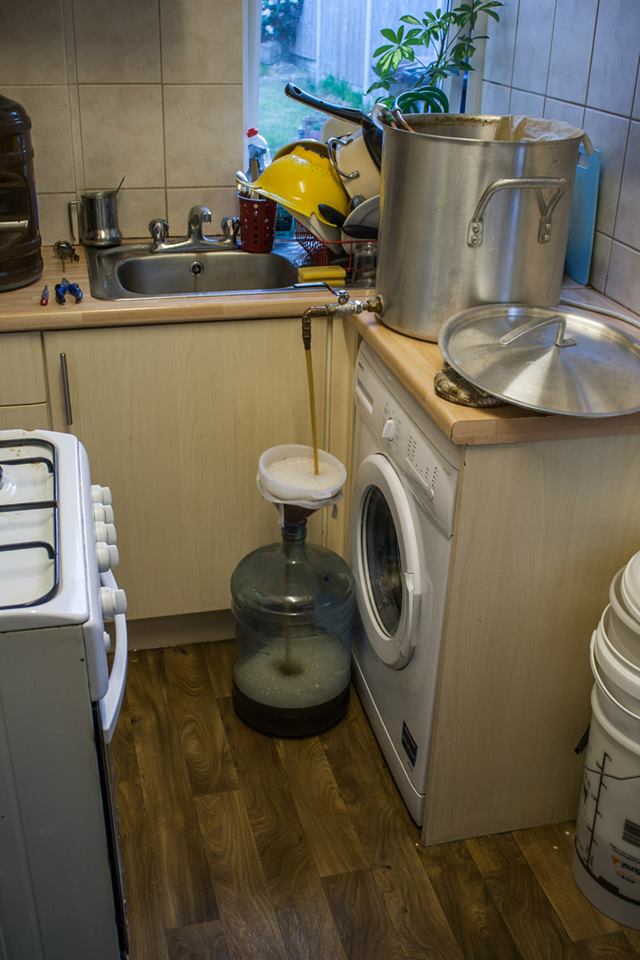I used to do big beers or large volume using ad-hoc methods. While proper BIAB is about a standard process which is safe, sane, repeatable and relatively easy if you are prepared to throw caution to the wind and accept what you get where there is a will there is often a way.
I used to heat single infusion mash water in my 60L kettle which used electric and gas, then line it with the grain bag and mash in. I'd make sure it was hydrated and then put the lid on and leave to mash occasionally using a little gas to keep up the heat with the rational being the bag was nowhere near the base due to it being tied off at the rim and the base of the kettle being occupied up by the filter and element. I used to lose heat pretty fast because it was an uninsulated aluminium pot. At the same time I used to heat a second volume of water in a 30L stainless pan on the stove then add more grain to that, lid it and place into the oven which had previously been on at the lowest setting to better conserve heat.
I had 21L and 19L pots heating water for batch sparge on the stove as well as a plastic bucket. This was all in my kitchen which was about 8' square before counter tops and cupboards and the stove and fridge (I'll attach a picture, because it was so very small). After my mash was complete I'd lift the biggest bag from the 60L and allow it to drain, squeezing as best I could. Then I'd set it to drain into a bucket, tying the bag to some hooks which were driven into a shelving unit to suspend it and allow it to better drain. I'd alternate between pouring off the wort collected in the bucket while a jug caught the last few drips and batch sparging the bag in the bucket. Once 'done' I'd tip the grain into a plastic tub outside the back door, line the bucket with the bag and then start transferring the grain from the 30L in the oven into the bag and start batch sparging again. Yes my efficiencies and volumes were all over the place and if you want to get all particular about gravity better keep a few kilos of DME on hand.
For the boil I used both the 60L and the 21L (the 30 wouldn't fit on the stove at the same time as the 60L). I'd split hops and other additions as I needed to and top up the 60L as needed, as I was running off the 60L after chilling I'd usually pour what remained in the 21L in as well.
Using this method I could quite happily get between 60-70L into fermenter. If my batch size was smaller I had no problem hitting gravity and beyond. Thinking back on it now I can't believe I used such an ad-hoc method routinely with a sense of pride in what I was doing when really I should have been thinking outside the box a little more. I didn't have much space though. I thought that conversation tests, mash pH and acidified sparge water were more important than not suspending a bunch of grain with mug hangers.






















































![Craft A Brew - Safale S-04 Dry Yeast - Fermentis - English Ale Dry Yeast - For English and American Ales and Hard Apple Ciders - Ingredients for Home Brewing - Beer Making Supplies - [1 Pack]](https://m.media-amazon.com/images/I/41fVGNh6JfL._SL500_.jpg)




